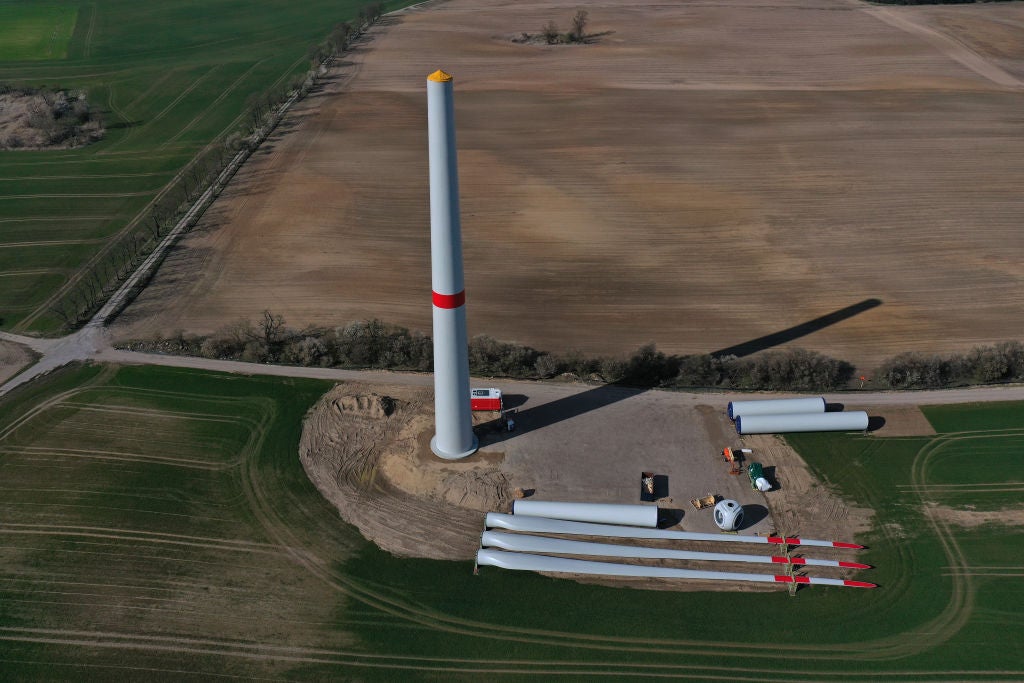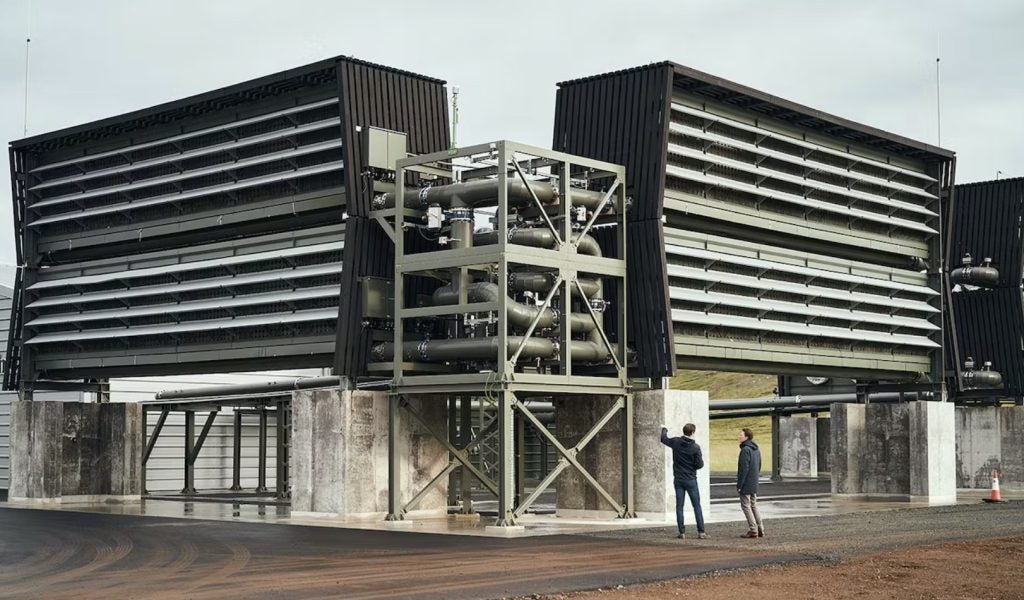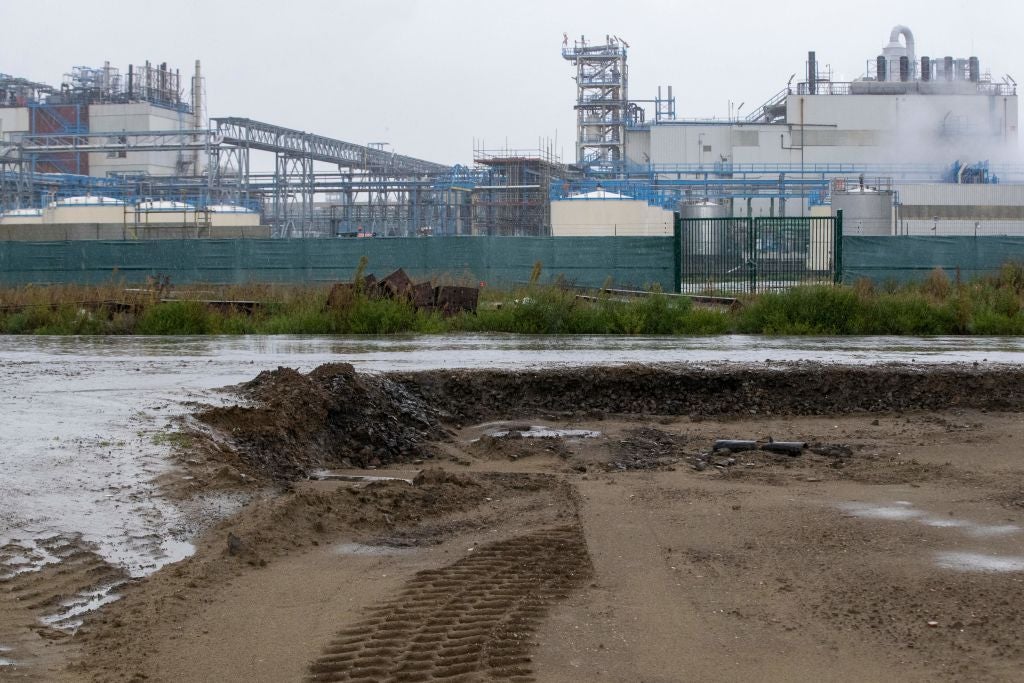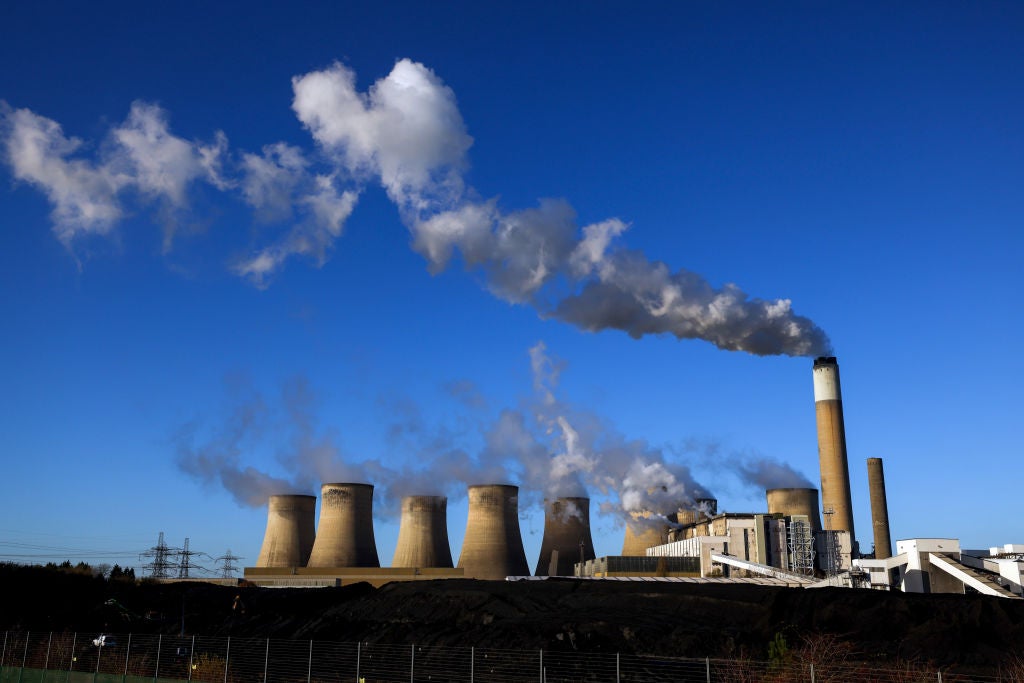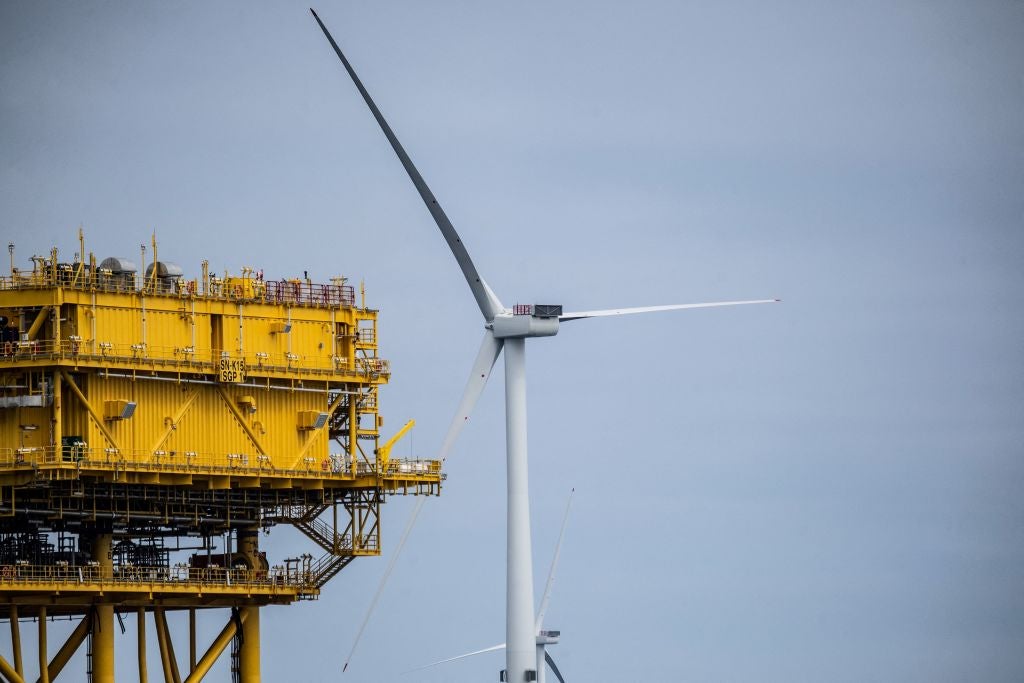Industry has long warned that delays in permitting the construction of new renewable power projects, and delays in linking completed projects to the grid, threaten the ability of countries to meet their net-zero goals. Following Russia’s invasion of Ukraine, permitting reform became a matter of urgency: the longer it takes to roll out new renewable infrastructure, the longer countries remain beholden to volatile fossil fuel markets and fossil energy imports from a hostile state in Russia.
To have enough solar and wind to be aligned with a 1.5°C warming pathway, annual EU wind and solar deployment will have to increase from 34GW in 2021 to 76GW in 2026, according to a report published last year by the think tank Ember. However, say the authors, countries are likely to miss this target by a significant margin as a result of the EU’s two-year target for granting wind and solar project construction permits being regularly exceeded.
Among 18 countries Ember analysed for onshore wind projects, the average permitting time exceeded the two-year mark in all cases, in some by up to five times. For solar, the two-year limit was exceeded in nine of 12 analysed countries, with delays of up to four years.
Other data from GlobalData, Energy Monitor’s parent company, shows there is currently five times more wind capacity in permitting (97GW) than under construction (20GW), and eight times more utility solar capacity in permitting (113GW) than under construction (14GW).
“Permitting” is defined by GlobalData as when a power plant has moved beyond the point of simply being “announced”, and is in the process of obtaining “some or all of the necessary government clearances and approvals”.
Permitting reform on the way
In the face of this challenge, the EU has been widely praised for a comprehensive package of permitting reforms agreed as part of the revision of the 2018 EU Renewable Energy Directive, which also delivered a new higher renewable energy target of 42.5% by 2030.
Provisionally agreed at the end of March 2023, the permitting reforms reiterate emergency measures announced in December 2022, which established the aforementioned two-year permitting time frame (with a three-year target for offshore wind), created “accelerated deployment areas” for new renewables projects, and enshrined in law that renewable energy projects are “of overriding public interest”.
[Link src="https://www.energymonitor.ai/all-newsletters/" title="Keep up with Energy Monitor: Subscribe to our weekly newsletter" font-size="20px"]“What [overriding public interest] means in short is that when public authorities consider the competition or conflict of different public goods, between for example, renewables and the environment, and there are no obvious reasonable alternatives for renewables, then the renewables would normally prevail,” explained Lukasz Kolinski, a representative for the Directorate-General for Energy of the European Commission, on a recent webinar hosted by the Atlantic Council, a Washington, DC-based think tank.
The new rules also include a requirement that governments digitise their permitting process – something described by Christoph Zipf, spokesperson for industry group WindEurope, as a “game changer”.
“Often at the moment permits have to be sent (in paper) to various different authorities,” says Zipf. “Photocopying can cost thousands of euros.”
The new rules also loosen requirements on environmental impact assessments (EIAs), and apply a “population-based approach” to biodiversity protection. This means that developers may be asked to implement measures to protect wildlife populations at other sites if they cannot be protected at the site of a new renewables project.
The new rules also simplify permitting requirements for repowering existing facilities, including an accelerated six-month permitting deadline, and the EIA being limited to the impact of changes or extension compared with the original project.
Could reform hurt renewables?
However, is it possible that too much permitting reform could inadvertently hurt renewables by creating new problems during development? After all, painstaking European permitting processes were originally developed to ensure that all stakeholders involved in a project are as happy as possible – and those stakeholders need to remain happy over the decades in which a project runs.
The good news is that most of the announced reforms are about speeding up archaic processes – and speed does not necessarily equal simplification.
“We do not have to relax rules, or be lax in enforcing them, to reform permitting,” explains Monika Morawiecka from think tank the Regulatory Assistance Project (RAP). For Morawiecka, the “manual processing of paperwork”, the “multi-step administrative processes” without centralised coordination and the lack of clear timeline are among the key problems faced by renewable energy projects, all of which should be addressed by making processes more efficient.
Jonathan Bonadio, senior policy advisor at the industry group SolarPower Europe, points out that certain countries like Spain have already demonstrated how “speed and quality can go hand in hand” simply by hiring more staff and establishing dedicated teams to handle permitting requests.
However, other experts spoken to by Energy Monitor say there could be unforeseen consequences with overzealous permitting reform.
For Marta Lovisolo from the Norwegian NGO Bellona Europa, one risk is that by speeding up permitting “there could be a growing opposition in the general public to renewable projects” as people risk being disenfranchised from the whole process.
Lovisolo says the way to avoid this is by ensuring that citizens are involved early on. She points to a study on participatory planning for wind energy that shows how in the Austrian state of Burgenland, which involves public voices from the very start, only one project out of 20 has been blocked over 30 years.
Merethe Dotterud Leiren from the Norwegian climate research institute CICERO adds that if licensing rules are relaxed, and the public ends up insufficiently involved, “it can slow down the development”.
“The process and the results [can be] perceived as not fair, if the consequences on nature as well as disadvantages for other industries and people's values become too high,” she says.
[Link src="https://www.energymonitor.ai/author/nickferris/" title="Read more from this author: Nick Ferris" font-size="20px"]Rasmus Kløcker Larsen from think tank the Stockholm Environment Institute agrees that “fast-tracking licensing without addressing the root causes of public discontent is likely to deepen protests and resistance, including appeals”.
For Larsen, every effort must be made to ensure a wide range of voices are involved in order to ensure “the democratic legitimacy of the climate transition”.
“While the climate mitigation agenda is indisputably urgent, its legitimacy is undermined by the fact that many of the advocates for fast-tracking of permitting are from corporate lobby groups, seeing faster licensing as means to economic gains,” says Larsen. “In contrast, from a rights-based perspective, the key need is to integrate mechanisms for rights protection, especially for indigenous peoples.”
Larsen points to the Fosen case in Norway, wherein the country’s Supreme Court squashed a licence after clarifying that a large wind power park was found to have been constructed in breach of human rights as it affected the reindeer grazing rights of Sami people.
Then there is the question of biodiversity protection and the risks posed by the loosening of rules around EIAs. Under new EU rules, certain solar installations – for example, if they are located on buildings – are exempt from EIAs, while wind and solar projects are also exempt from EIAs if they are located in "accelerated deployment areas".
Green groups have expressed concerns at the new EIA exemptions. Birdlife has cited environmental risks involved in the new permitting rules, arguing in a policy briefing that “streamlined procedures” outlined in the EU’s Renewable Energy Directive “risk pitting renewable energy development against nature protection and undermining the many benefits of healthy seas”.
Real-world examples of reform
There are real-world examples where permitting reform has actually been detrimental to the development of new renewable infrastructure.
Poland introduced an overly-restrictive ‘10H’ wind turbine permitting rule in 2016, which meant that the minimum distance between a wind turbine and housing was ten times the tip height of a turbine. It was designed to reduce the risk of conflict between homeowners and wind developers, but ultimately meant that wind turbines could not be built in 98% of the country. The lawmakers have since change the minimum distance regulation to 700m.
Outside of Europe, less democratic countries tend to have less restrictive permitting rules. In China, for example, “It is not uncommon for an environmental impact assessment to be completed and approved within months,” says Lauri Myllyvirta from the Centre for Research on Energy and Clean Air.
Weaker permitting rules have contributed to China now having by far the most solar and wind capacity in the world – but the country has faced its own problems related to poorly-planned, rapidly rolled-out renewables capacity, including accusations of land grabs from farmers, as well as the phenomenon of significant volumes of renewable generation being curtailed.
Chinese problems do not necessarily mean that policymakers should be wary of permitting reform in Europe: “There is a lot of middle ground between China's requirements and the multiple years and tens of thousands of pages of paperwork currently required to erect wind turbines in many European countries,” says Myllyvirta.
Myllyvirta also cites two examples where Chinese policy could be copied by European countries: the designation of large areas of marginal land – for example, abandoned coal mines or desert areas set aside for industry – for clean energy; and the country’s ‘Whole County Solar Policy’, which enables companies to install large arrays of rooftop solar across an entire county in one fell swoop. This latter policy “drives the costs down, improves social acceptance and above all enables very large-scale deployment of distributed rooftop solar”, says Myllyvirta.
More permitting reform needed
It is in the interests of both policymakers and the renewables industry to minimise any potential risks associated with permitting reforms, as no one wants to exacerbate opposition or increase the risk of projects being blocked further down the line.
“The European wind industry acknowledges the need for thorough permitting processes that take the concerns of local residents and the impact on local nature and biodiversity into account,” says WindEurope’s Zipf. “We want both to be ensured, but we do believe that this can be done within the new two-year deadline.”
What is more, most experts contend that the biggest ongoing risk in Europe is not too much permitting reform but too little.
According to the RAP’s Morawiecka, grid connections need more attention, as these involve “not only process improvements but also a significant amount of financial investment in electricity expansion [with its own permitting issues]”.
Staffing remains a major factor cited by experts including Zipf and Bellona’s Lovisolo. SolarPower Europe’s Bonadio, meanwhile, says: “We are in a situation where EU laws are coming into place, but member states are struggling to implement years-old existing laws.” According to its analysis, less than one half of analysed member states have implemented their obligations under the previous Renewable Energy Directive (2018) to create a single point for permitting and to digitise proceedings.
Ultimately, says Zipf, the requirement for renewable energy in Europe means that “there cannot be enough permitting reform in Europe”. The problems lie not in the instinct to reform but in ensuring “reform actually leads to speeding up the permitting and not to more complexity”.


